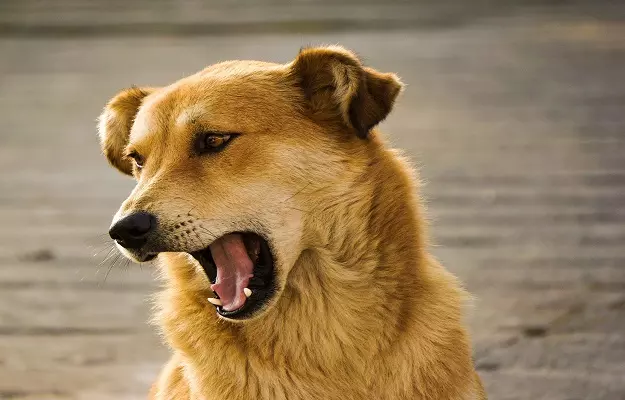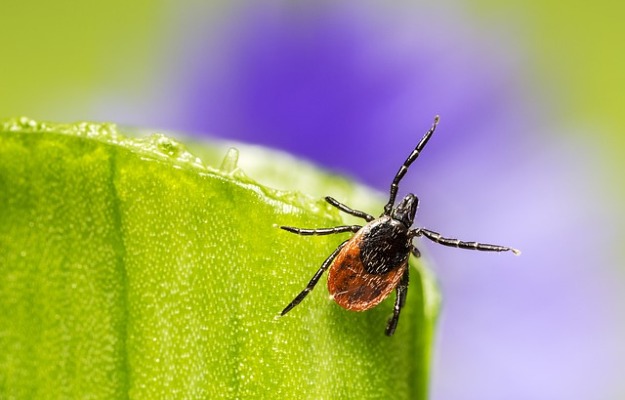From chicken bones to the plastic wrappers on their favourite treats, our dogs can choke on a number of things. More often than not, they cough up whatever is stuck in their throats. However, just like people, sometimes they need a little help. (Yes, there is a Heimlich manoeuvre for dogs and CPR for dogs as well.)
Choking can, of course, be a life-threatening emergency that needs immediate attention. It blocks the airways, so your dog can only give you limited signs that he/she might be in distress. If your dog is breathless, gasping for air, drooling, gagging and very anxious, open his/her mouth and check if you can safely remove the obstruction. If this isn't feasible or it doesn't work, there are some simple things you can do to help your dog.



























